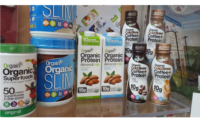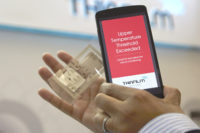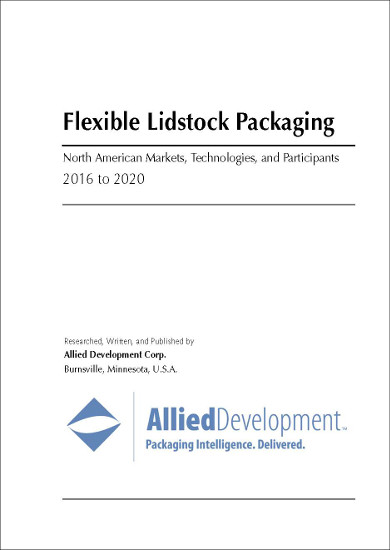According to MarketsandMarkets, the global flexible packaging industry is forecast to grow at an annual average rate of 4.5% over the next five years, achieving $200.5 billion by 2025. Witnessing significant growth across food, beverage, cosmetics, personal care, household and pharmaceutical products, flexible packaging continues its trajectory due to its lightweight, durability, graphic impact, convenience and supply chain benefits. When combined with increasing consumer disposable income and the advent of omnichannel retailing, the flexible packaging market projects a bright future.
First, the sustainability agenda is returning to the top of consumer concerns. At the height of the pandemic, hygiene and safety features were paramount for consumers, moving sustainability slightly down the list in importance — according to the Packaging and Processing – Coming Through COVID-19 white paper produced by PMMI Business Intelligence, part of PMMI, The Association for Packaging and Processing Technologies. Sealed packaging with products untouched by human hands became appealing, along with integrated safety features. A plastics renaissance of sorts ensued as the appeal of ‘clean’ hygienically packed goods were deemed attractive and flexible packaging benefitted.
As normality returns to global supply chains, concern for the environment is re-emerging as a top consumer priority, putting a spotlight on plastic-based, flexible packaging. One challenge is meeting the needs of today’s waste infrastructure. The inability of coextruded or laminate plastics to be separated to feed single polymer waste streams deems the format, in many instances, non-recyclable. However, as was on display at last month’s PACK EXPO Las Vegas, the most comprehensive packaging and processing event and the largest trade show in the U.S. in 2021 so far, numerous packaging converters are developing new, innovative mono-polymer, fully recyclable, flexible packaging laminates to capitalize on the many advantages the format provides.
Continuing the sustainability theme, the transition of plastic to paper flexible packaging continues. Plastic provides benefits in terms of barrier functionality delivering resistance to gases, moisture, light and aroma when needed. However, paper is suitable for certain packaging applications such as some confectionery products, and enables brands to improve their environmental profile.
In addition to paper, compostable packaging has found its way into many food and beverage markets. As a viable alternative to non-recyclable plastic flexible packaging, compostable laminates offer a form of bio-recycling for the consumer avoiding the landfill and incineration disposal routes.
Pouches are also on the rise. Providing excellent shelf-presence, the vertical presentation, durability and convenience features built into pouch design set the format up for growth. With categories from pet to baby food embracing the benefits, this format will expand across traditional flexible packaging applications, as well as break into more e-commerce use.
As consumers return to normal social activities, a desire for items of convenience should increase significantly. From reclosable lidding films to reducing food waste to the return of sharing packs as consumers engage in social events, barbeques and parties, the variety of opening and closing options that flexible packaging can provide will advance.
As we move into 2022, the integration into flexible packaging will begin to accelerate. As consumers have become used to QR codes in COVID-19 track and trace systems and have converted into more savvy online shoppers, they have more will and ability to adopt technology, putting pressure on brands to deliver “smart” packaging. Whether integrating RFID for improved supply chain decision making or using QR codes to connect the consumer to the brand in a more direct and relevant way, flexible packaging opens options to generate data and deliver more effective marketing campaigns when integrating their packaging.
In summary, the future looks bright for the flexible packaging sector. From new eco-friendly substrates to disposal options, new opening and closure solutions to the integration of new technology, flexible packaging is a win for brands, converters and consumers alike.
The best place to see the latest flexible packaging innovations up close and in person is PACK EXPO East (March 21-23, 2022; Pennsylvania Convention Center). PMMI heads east for this next event in the PACK EXPO portfolio of trade shows, with registration now officially open. Now in its fifth edition, the three-day event returns to Philadelphia after a record-breaking PACK EXPO East 2020 that featured 7,100-plus attendees and its largest show floor to date. For more information, visit packexpoeast.com, and for all show-related information, visit packexpo.com.





